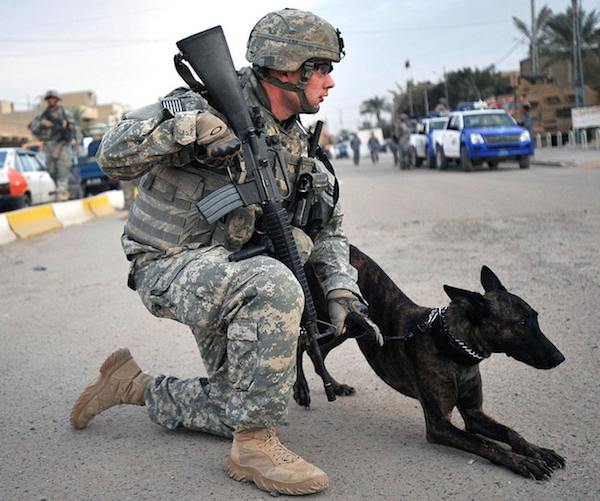
Hardly a new breed, “Dutchies” were relied upon by 19th century shepherds and farmers when they needed a utility dog to protect and guard their homes and families. “Hollandse Herdershond” (or “Hollanders,” as they were affectionately known in Holland), also kept cattle out of crops by patrolling the borders of fields and roads, and moved sheep to heather fields, about the only thing that would grow in sandy soil that covered about a third of the country. Indeed, it’s said that these dogs were tasked with taking livestock out to pasture in the morning, and returning them to the barn each night – and they did it all on their own. Some dogs probably even pulled small loads.
These were rural dogs, and perhaps that is why the breed didn’t get official status until the formation of the Nederlandse Herdershonden Club in 1898. But then industrialization spread into the country, and that led to a less agricultural society. For some breeds, this would have been the beginning of the end, but the Dutch Shepherd is so versatile that it easily transitioned easily into work as police and military dogs: “Tess,” aka “Artessa van Diepenalm,” is a narcotic dog working with her owner, W. Sipman, for the Dutch Customs Department and even carries her own ID card displaying her pawprint. From there, Dutchies branched into Guide Dog work, serve as trackers, therapy and service dogs, and even Search and Rescue work. In fact, “Ellerd Azoer van Hollands Gasthuis” was one of the dogs who worked in Armenia after the 1989 earthquake.
Image: Navy photo uploaded to Wikicommons by Petty Officer 2nd Class Todd Frantom, attached to the 1st BCT PAO, 4th Inf. Div., MND-B.
